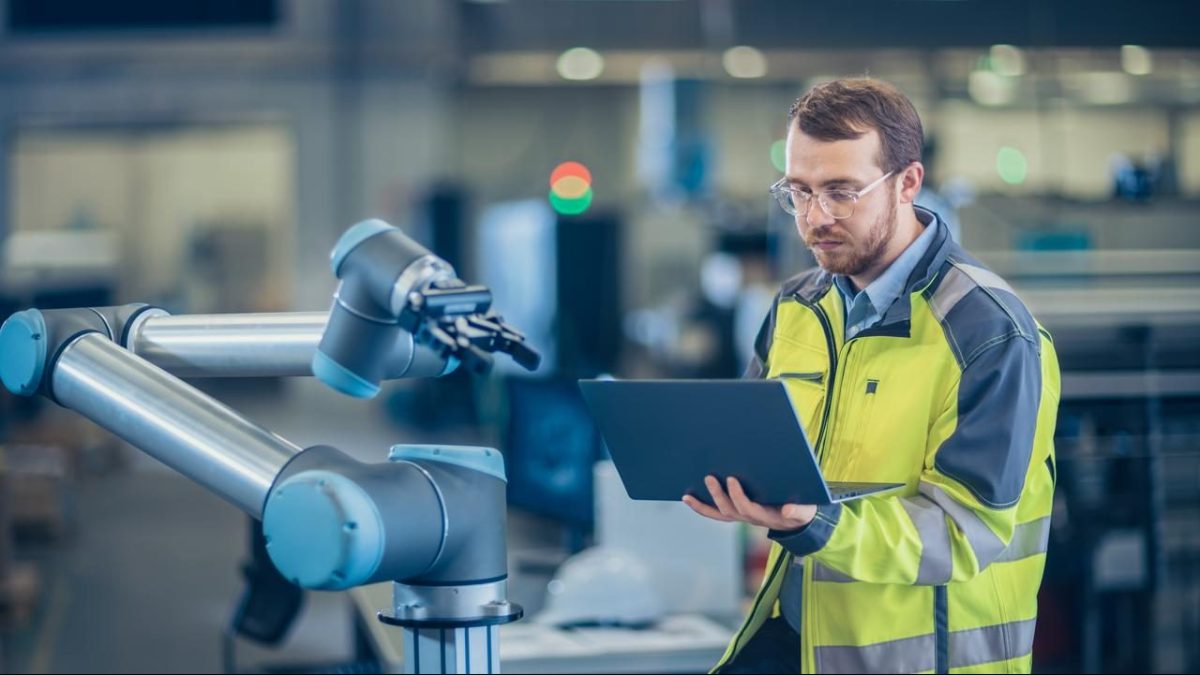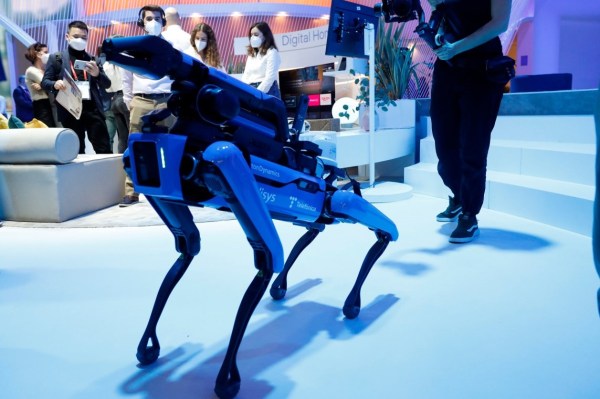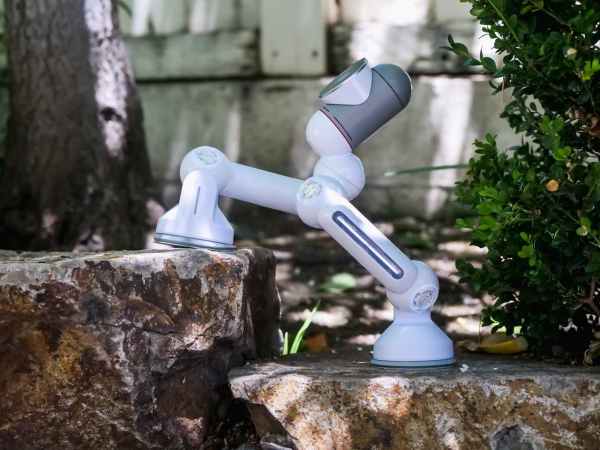External skeletons or exoskeletons are true works of engineering that animals as simple as shrimps have. These small marine crustaceans, like other invertebrates such as arachnids, do not have skeletons, but they do have these structures that allow them to support their bodies.
By observing nature, science and technology are able to create such useful tools that allow to increase the physical capabilities of humans, with this kind of ergonomic invention, which allow to improve working conditions, especially in environments where a lot of physical load is required or even the health of many people thanks to robotic exoskeletons.
What is a robotic exoskeleton?
A robotic exoskeleton is a mechanical armour that covers part or all of the wearer’s body and is intended to enhance the wearer’s own physical qualities.
These devices are designed with functional joints to allow for the most agile movement possible, and include electric motors, sensors and hydraulic systems that serve to move the joints without placing excessive strain on the user.
Types of robotic exoskeletons
There are several types of robotic exoskeletons. On the one hand, there are passive exoskeletons that help to carry out heavy tasks that generate a certain amount of wear and tear for people, but do not increase the physical capacities of the human being. In this sense, they use the energy generated by the movement of the individual to readjust the load supported in their different segments.
On the other hand, there are the assistive ones, which function to relieve the physical burden of certain activities. For example, they can provide the energy needed to walk for a person with bone limitations.
There are also other so-called enhancers, whose function is to increase the strength of the operator. For example, they can be used to lift heavy objects with ease, to improve physical endurance or to perform heavy tasks over a long period of time.
Finally, there are the motorised skeletons, connected to computers through their hydraulic system, which manage to be completely autonomous.
How an exoskeleton works
The exoskeletons are made up of biometric sensors so that the limbs can move along with the individual. Thus, when the user moves an arm, he or she will also move part of the mechanical frame. In this way, he or she can pick up an object, move it or move around when necessary.
In some cases, armour only provides strength and not movement. It is therefore a simple support capable of minimising fatigue, preventing overexertion and injury. Others, on the other hand, have the capacity for movement and the operator can move around without limitations.
Main applications of an exoskeleton
Exoskeletons are already present in many areas. They are a great support for Industry 4.0, especially in assembly lines and warehousing, as they help to classify and enhance the strength of operators in heavy, repetitive tasks or tasks that result in painful postures for the body. As a result, companies are able to free their workers from overexertion.
They also have a place in the rehabilitation stages in the health sector. They are assistive robots for people with reduced mobility, helping patients who have suffered accidents and need to be able to function independently again. Over the years, these mechanisms have improved to the point where they have become indispensable in the recovery of injuries.
Another area to highlight is the military, as they help to reduce the physical burden on soldiers. Although it may seem like science fiction, there are different initiatives to apply robotic bodies to the military ranks. One example is DNYX, developed in the early 2000s by the Defence Advanced Research Projects Agency, which aims to support the military in more physically intensive tasks involving knee strength.
It is also an inclusive technology. For example, children with mobility problems can also enjoy the different functions and benefits of mechanical bodies. These skeletons adapt to the size of the child and cover their impairments, some even help them to walk for the first time. The ATLAS 2030, the most popular mechanical prosthesis, is designed for children under 3 years of age with spinal cord injuries, myopathies, muscular atrophy, etc.
Paediatric skeletons are composed of tendons, motors and joints, thanks to these parts children can execute movements, take their first steps, strengthen their musculature and benefit from many social, playful and even emotional aspects.
Finally, the application in physical training tasks should be mentioned. They are a perfect tool to improve physical abilities and make athletes more precise and resilient. These robotic suits help to increase strength, speed and agility, as well as coordination and balance. This line of development even has artificial intelligence applications, which seeks to develop models to increase training performance without being more physically demanding, such as the Hypershell designed in China.
Advantages and disadvantages of a robotic exoskeleton
One of the main advantages of using these mechanical armatures is that they are highly effective in rehabilitation exercises, reduce operator fatigue, increase company productivity and offer new employment opportunities.
However, the use of these robotic skeletons also involves a number of drawbacks. These tools are often quite expensive, so they are not accessible to everyone, and some models can be cumbersome and heavy.









